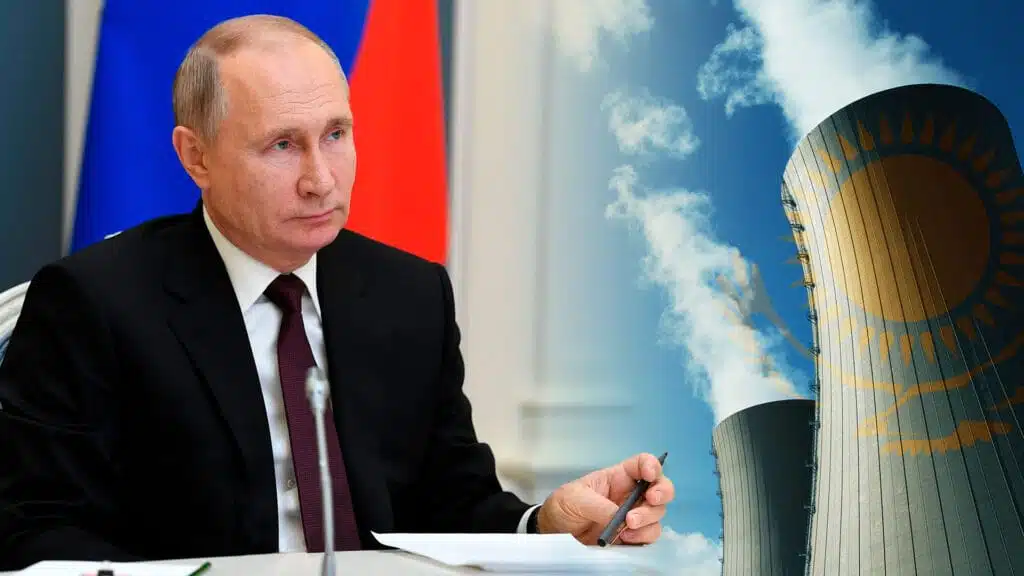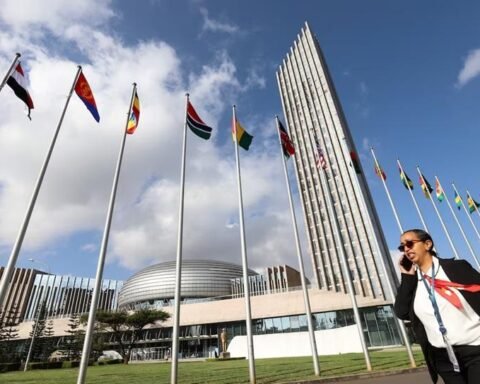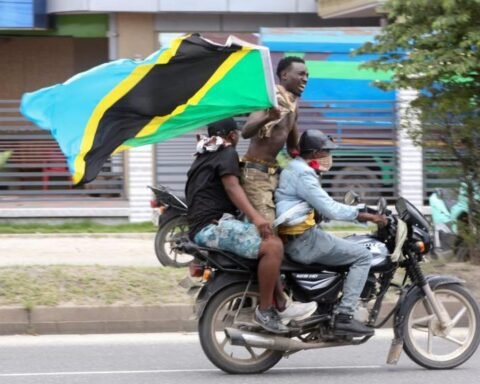Russia’s nuclear journey is one of scientific ambition, global outreach, and hard lessons from the past.
What began as a wartime pursuit during the Soviet era has today evolved into one of the world’s most advanced and far-reaching nuclear energy programs.
It all started quietly on June 27, 1954, when a modest facility outside Moscow — the Obninsk Nuclear Power Plant — became the first in the world to feed nuclear-generated electricity into a national grid. Producing just five megawatts, its output was small, but symbolically, it marked a turning point: nuclear energy wasn’t just for bombs anymore. It could light homes and power factories.
From there, the Soviet Union invested heavily in its nuclear future. Through the 1960s and 1970s, larger and more powerful reactors began to emerge, notably the RBMK and VVER designs. These reactors formed the backbone of the USSR’s energy strategy and, in some cases, fed into its military ambitions too — producing materials for nuclear weapons.
But the rapid expansion wasn’t without consequences. The most devastating reminder came in 1986, when Reactor 4 at the Chernobyl Nuclear Power Plant exploded, triggering the worst nuclear disaster in history. The fallout — both radioactive and political — forced a global reckoning with nuclear safety.
After the Soviet Union’s collapse in 1991, Russia inherited an aging nuclear infrastructure. Instead of scaling back, the country doubled down, working to modernize its plants and tighten safety protocols. In 2007, Russia centralized its efforts under a new state-run corporation, today known globally as Rosatom. Under this umbrella, the country pushed forward — building new reactors, partnering with foreign governments, and exporting its expertise abroad.
Currently, Russia generates about 20% of its electricity from nuclear power. Domestically, it’s replacing Soviet-era plants with Generation III+ reactors — each designed to produce over 1,200 megawatts with stronger safety systems.
Beyond its borders, Russia is helping countries like Egypt, Bangladesh, and Turkey build and manage their own nuclear power stations. The Rooppur plant in Bangladesh, for instance, is expected to power over 15 million homes once it comes online.
Also Read; Russia Strikes Ukraine’s Power Plant
Amid Winter
In a bid to bring power to remote and underserved areas, Russia has also developed floating nuclear power plants — mobile facilities that can anchor near distant communities and deliver stable electricity where traditional infrastructure is lacking. Interest in these “portable” reactors is already growing in parts of Africa, Southeast Asia, and Latin America.
Despite its progress, Russia’s nuclear program still walks a geopolitical tightrope. The Zaporizhzhia plant in war-torn Ukraine — the largest in Europe — remains offline due to security risks. The international community has repeatedly raised concerns about safety at the site, particularly as the conflict grinds on.
Still, Russia’s nuclear vision remains steady. From a pioneering reactor near Moscow to a growing presence in global energy markets, the nation sees its atomic legacy not just as a source of power, but as a tool for diplomacy and economic influence. Whether the world embraces or resists that vision, one thing is clear: Russia’s role in the future of nuclear energy is already written — and still unfolding.








This was a great read. Appreciate the effort you put into this!